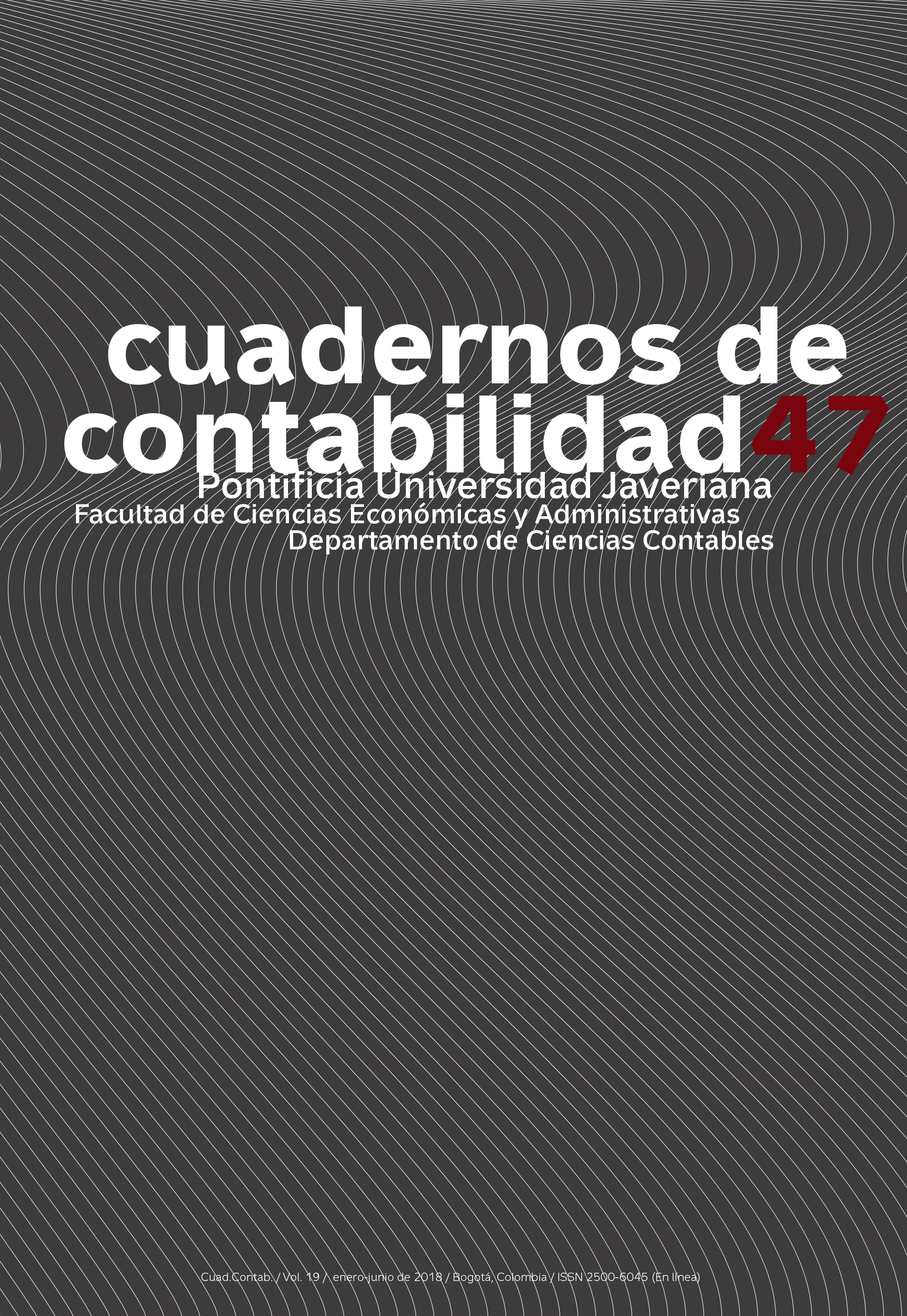Proposal of a Methodological Design for the Risk Strategic Management in the Telecommunications Sector
##plugins.themes.bootstrap3.article.details##
The technological development as well as the newer and better services in the telecommunications sector are demanding the organizations to identify the risks in order to minimize their potential impacts and take advantage of the market opportunities in a sustainable way. The purpose in this research focuses on developing a methodology intended to ascertain the impact of the processes on the business objectives, to specify the key strategic processes, to quantify their influence, to identify and assess the inherent risks, and to reduce the cost associated to the decision-making. The result is a proposal of strategic risk management,
grounded on the General Systems Theory and the balanced scorecard, which is intended to make easier the managerial work, the strategic analysis and the understanding of the business model dynamics based on the risk analysis and the evaluation of those controls set in the organizations.
strategic management, balanced scorecard, eTOM, risk, decision-makingadministração estratégica, balanced scorecard, eTOM, risco, tomada de decisõesadministración estratégica, balanced scorecard, eTOM, riesgo, toma de decisiones
Benavides, L. (2010). Gestión de riesgos. Recuperado de: http://www.youtube.com/watch?v=YrpvwueYaAM
David, F. R. (2003). Conceptos de Administración Estratégica. México: Pearson Educación.
Da, R. y Marcic, D. (2006). Introducción a la administración. México, D. F.: Cengage Learning Editores.
Estupiñán, R. y Estupiñán, O. (2006). Análisis financiero y de gestión. Bogotá: ECOE.
Kaplan, R. S. y Norton, D. P. (1996). e Balanced Scorecard: Translating Strategy Into Action. Boston: Harvard
Business School Press.
Linx Recursos Humanos (2012). Modelo de Alineación Estratégica. Recuperado de http://www.linxrh.com/wordpre
ss/modelo-de-alineacion-estrategica/
Martínez, E. (2007). Aplicación del proceso jerárquico de análisis en la selección de la localización de una PYME. En:
Anuario Jurídico y Económico Escurialense, XV, 523-542.
Martínez, H. (2002). Toma de decisiones. Recuperado de: http://www.virtual.unal.edu.co/cursos/economicas/92402
/capitulos/capitulo10/cap107.html
Osterwalder, A y Pigneur, I. (2010). Business Model Generation. New Jersey, EE. UU.: John Wiley and Sons.
Pérez, A., Ramírez, C. y Rozo, J. (2012). Propuesta de un modelo de cuadro de mando integral para la ETB. Bogotá: EAN.
Ruiz, R. U., Guzmán, J. y Lluis de la Rosa i Esteva, J. (2007). Dirección empresarial asistida. Cómo alinear
estratégicamente su organización. Madrid, España: Visión Net.
Saaty, T. L. (1997). Toma de decisiones para líderes: el proceso analítico jerárquico, la toma de decisiones en un mundo
complejo. Oakville, Ontario, Canadá: RSW Publicaciones.
Saaty, T. L. (1994). Fundamentos de la toma de decisiones. Oakville, Ontario, Canadá: RSW Publicaciones.
Saaty, T. L. (1994a). How to Make a Decision: e Analytic Hierarchy Process. In: Interfaces, 24 (6), 19-43.
Saaty, T. L. (1986). Axiomatic Foundation of the Analytic Hierarchy Process. In: Management Science, 32(7), 841-855.

